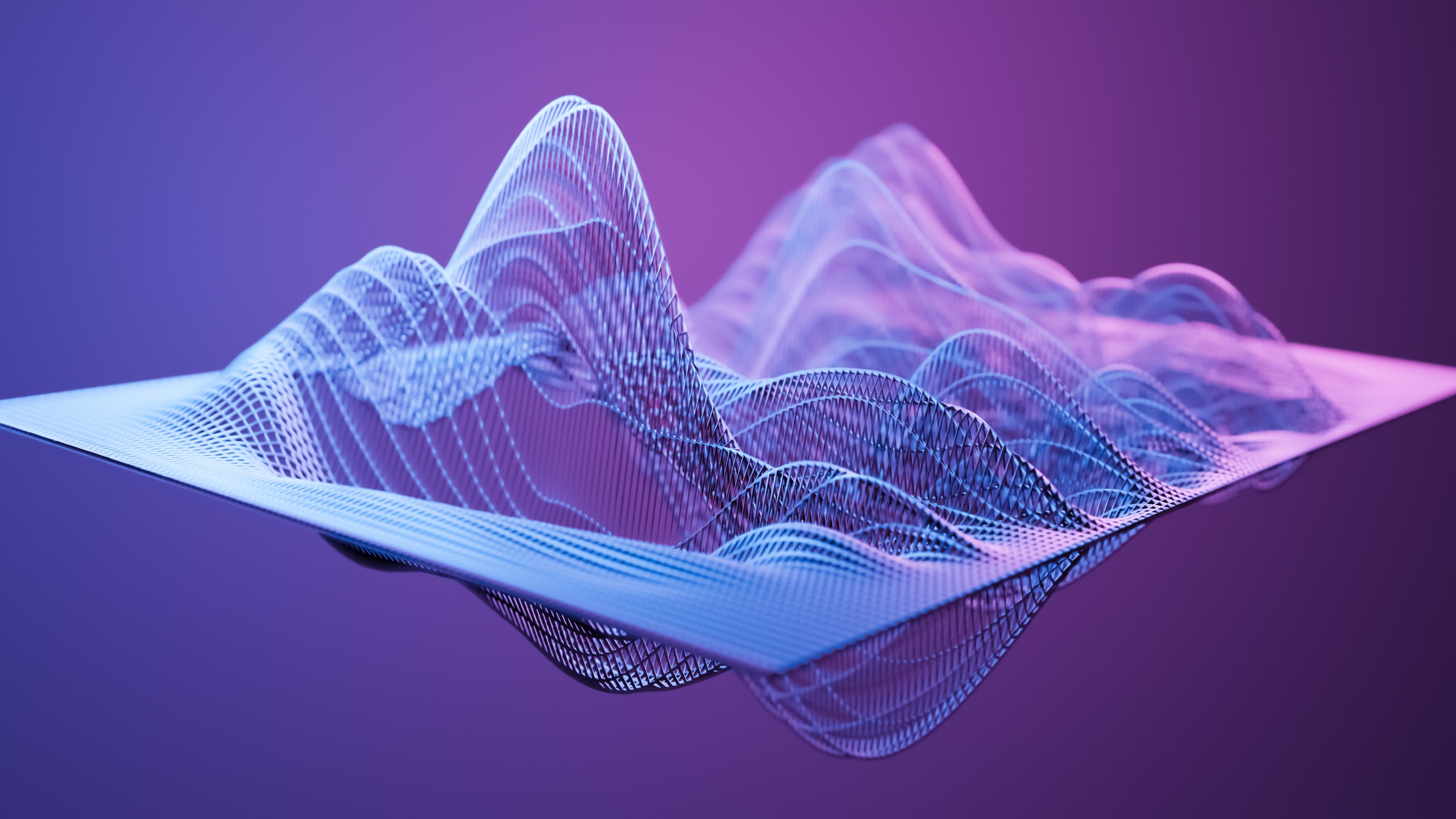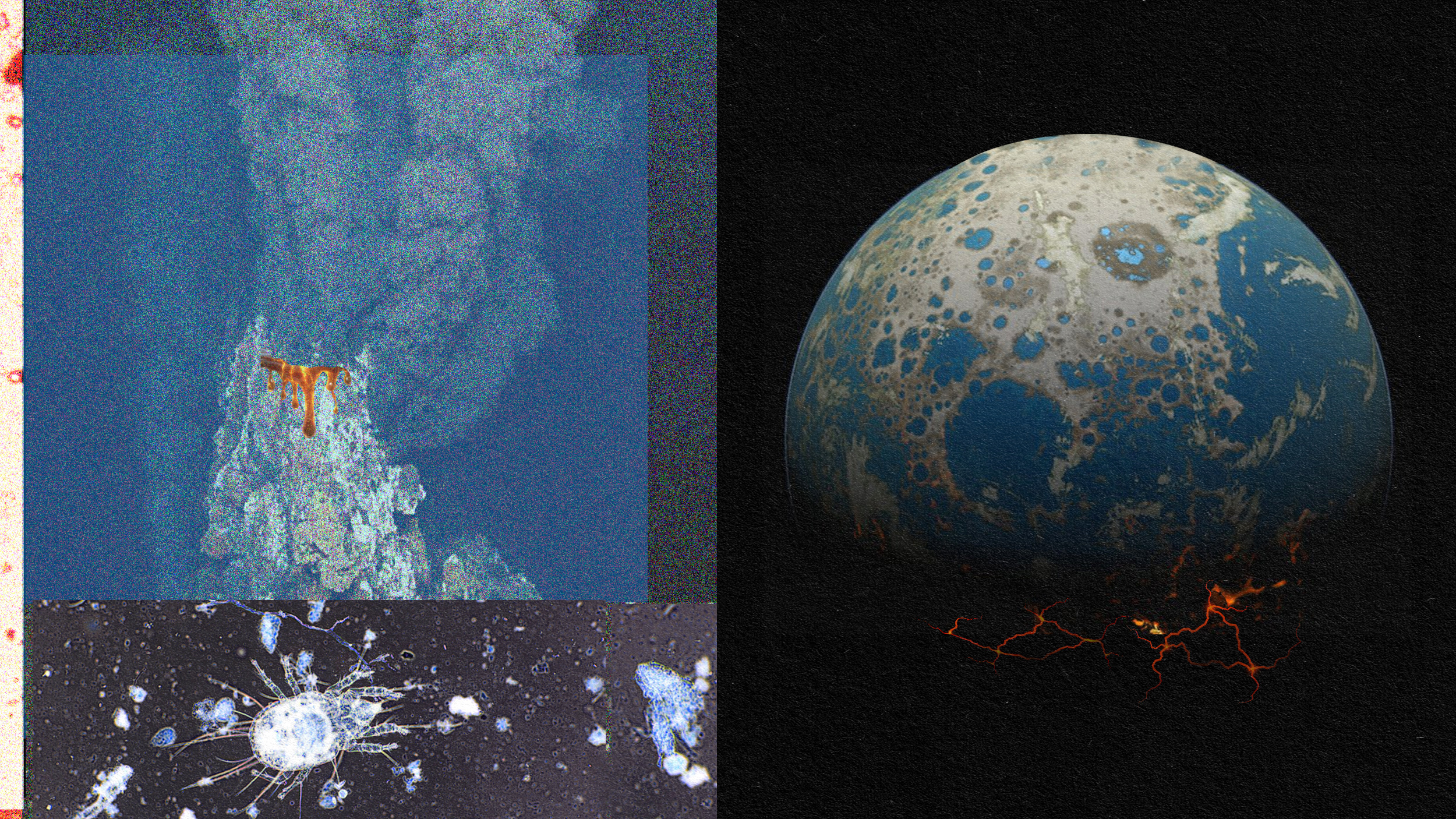Oxytocin – evolutionary incentive?
Oxytocin is the bonding hormone. There are many ways to release oxytocin – a massage, an orgasm, cuddling, breast feeding, and touch in general. It is the evolutionary glue that keeps us coming back for more (let’s not discount dopamine, though). It facilitates our ability to be a (relatively) monogamous species and also pair-bonding between mother and offspring. But, are these it’s only roles?
I was thinking the other day about Major Histocompatibility Complexes (MHC). MHC is a group of genes that determine our immune system’s ability to recognize pathogens as such. MHC variation in homo sapiens sapiens’ (our) gene pool varies widely. It is evolutionarily advantageous for us to mate with someone who has a MHC that is different than ours. That way, our offspring’s immune system is ready to ward off a larger number of pathogens. Interestingly, the phenotype of our MHC is our body odor. The range of variability in our potential mates’ MHC that would be advantageous to our offspring is hard-wired into our olfactory bulb. Thus, if you like the smell of someone (sans cologne, deodorant and anything else that masks the body’s true odor), you can be fairly certain that your MHC’s have a relatively wide margin of variation. But, really – how often do you get close enough to someone to know that they smell good? Surely oxytocin can facilitate this interaction.
But, then again, which came first – the chicken or the egg? This is just a hypothesis, and it does appear that facilitating monogamy and pair-bonding between mother and offspring is oxytocin’s primary role. But if my hypothesis is true, it would certainly enhance oxytocin’s fecundity over evolutionary time.




